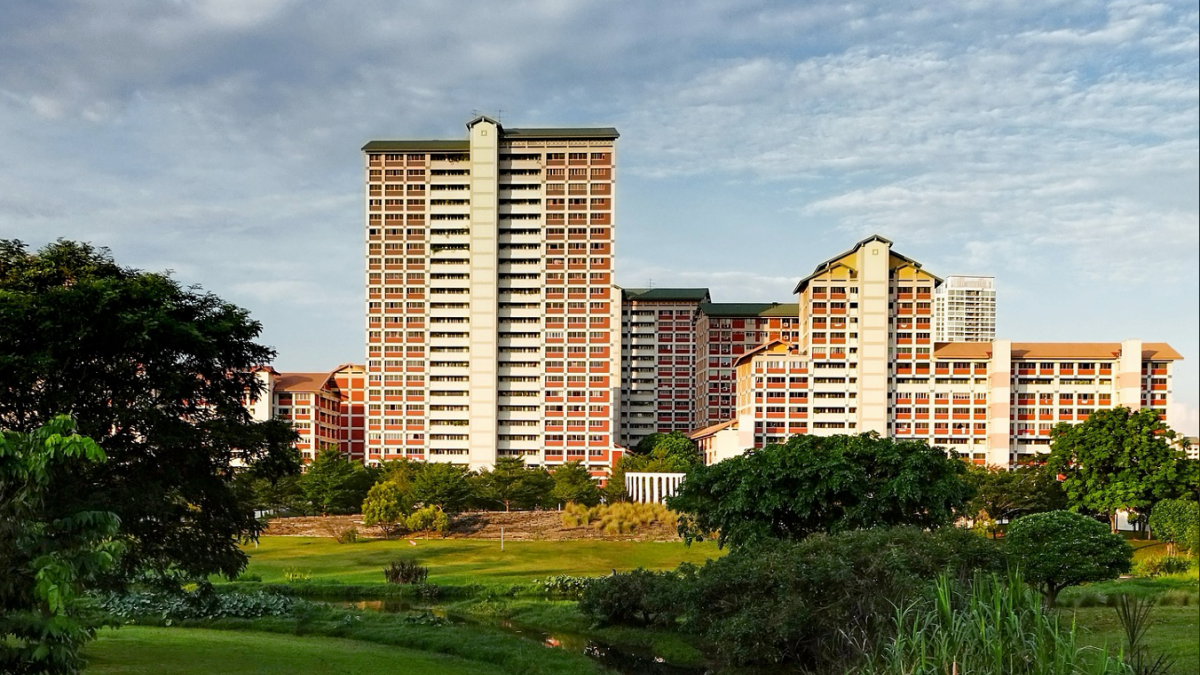Green spaces play a crucial role in enhancing the aesthetic appeal and livability of urban environments, particularly in densely populated areas like Singapore. As a property owner or potential buyer of Nava Grove, you may be curious about how proximity to parks, gardens, and other green areas can influence your property value. This post will investigate into the various ways green spaces contribute to real estate prices, offering you valuable insights into how these elements can impact your investment decisions in Singapore’s dynamic property market.
The Connection Between Green Spaces and Property Value
For urban dwellers in Singapore, green spaces represent more than just patches of grass or clusters of trees; they are necessary components of a livable city. These areas not only bring nature into the concrete environment but also serve as vital recreational spots, improving the quality of life for residents. As you consider how green spaces affect property value, it’s crucial to understand their multifaceted role in urban living.
Understanding Green Spaces in Urban Context
With an ever-increasing population density, Singapore has prioritized the incorporation of green spaces in urban planning. Parks, gardens, and community greenery are becoming central to residential development like Aurelle of Tampines, providing aesthetically pleasing surroundings and fostering a sustainable environment. This intertwining of nature and urban structure plays a pivotal role in attracting potential buyers and tenants.
The Psychological Appeal of Nature
Understanding the psychological impact of nature is key when evaluating property value. Green spaces offer a sense of tranquility that urban environments often lack. You are likely to feel more relaxed and rejuvenated in a natural setting, making properties near these areas more desirable.
For instance, research has shown that proximity to parks and greenery can reduce stress levels and enhance overall well-being. You may find that being close to nature leads to increased happiness and satisfaction in your living environment, which directly correlates with higher property values. As a potential buyer or investor, recognizing this psychological benefit can guide you in making smarter property choices.
Economic Benefits of Green Spaces
Between increased property demand and higher rental rates, green spaces undeniably contribute to economic advantages in real estate. Properties within proximity to parks and gardens tend to appreciate in value faster than those located further away, making them appealing investments for both individuals and developers.
Connection between green spaces and economic growth is evident in property evaluations. A well-maintained park or landscaped area not only attracts residents but also businesses seeking to set up in vibrant neighborhoods. As you navigate Singapore’s real estate market, understanding these economic dynamics can empower you to make informed decisions that enhance your investment portfolio.
Green Spaces in Singapore
Clearly, green spaces play a vital role in enhancing the urban landscape of Singapore. They not only provide aesthetic value but also contribute to the well-being of residents and impact the real estate market significantly.
Overview of Urban Green Initiatives
The Singapore government has embraced numerous urban green initiatives aimed at increasing greenery and promoting sustainability. Programs like the “City in a Garden” concept and various nature parks have been established to enhance urban biodiversity and improve quality of life for residents.
Types of Green Spaces in Singapore
Spaces in Singapore are diverse and rich, ranging from small pocket parks to extensive nature reserves. Each type serves unique purposes, catering to different community needs. Here are some key examples:
| Type of Green Space | Description |
| Parks | Public areas designed for recreation, leisure, and relaxation. |
| Nature Reserves | Protected areas that conserve biodiversity and indigenous flora. |
| Community Gardens | Shared spaces where residents can grow plants and vegetables. |
| Roof Gardens | Greenspaces atop buildings, enhancing urban ecology. |
| Green Corridors | Pathways connecting parks and nature preserves, fostering wildlife movement. |
Knowing the different types of green spaces can help you understand how they contribute to the overall urban environment and your property value. Each type brings unique advantages that can positively influence the desirability of residential areas.
Green Spaces and Community Well-being
Green spaces have a far-reaching impact on community well-being. They create environments where you can relax, socialize, and engage with nature. In addition, these areas promote physical activity, reduce stress, and serve as venues for community events. Here’s a closer look at how they enhance your lifestyle:
| Benefit | Description |
| Physical Health | Encourages exercise and outdoor activities. |
| Mental Health | Reduces stress and anxiety through nature exposure. |
| Social Interaction | Provides spaces for community gatherings and events. |
| Biodiversity | Supports wildlife and preserves ecosystems. |
| Aesthetic Value | Enhances the beauty of neighborhoods and enhances property marketability. |
Knowing this, you can better appreciate the multifaceted benefits of green spaces in your community, influencing not just lifestyle but also property values in Singapore’s vibrant real estate market.
Market Analysis
Unlike other factors affecting property prices, green spaces have proven to be a significant determinant in the real estate market of Singapore. The growing awareness of environmental sustainability and urban living has led many potential homebuyers to prioritize properties that are close to parks and community gardens. This chapter investigates into the trends and comparative analysis of property values influenced by the presence of green spaces.
Trends in Property Value Fluctuation
Trends in property values within areas rich in green spaces show a consistent upward trajectory compared to more urbanized locations. Properties near parks have not only maintained better stability during economic fluctuations but have also appreciated significantly over a span of a few years, indicating a healthy demand for such locations.
Comparative Analysis: Green vs. Non-Green Properties
Trends in property values reveal a clear distinction between green and non-green properties. The following table highlights key factors affecting their respective values:
| Green Properties | Non-Green Properties |
| Appreciation Rate: 12% yearly | Appreciation Rate: 6% yearly |
| Low Vacancy Rates | Higher Vacancy Rates |
| Buyer Preference: High | Buyer Preference: Moderate |
Analysis of property values indicates that green properties often command higher prices and better resale values. This is attributed to their rarity and the added lifestyle benefits they offer, such as access to recreational areas and improved air quality, making them more attractive to potential buyers.
Influence of Proximity to Parks and Gardens
The influence of proximity to parks and gardens is significant when it comes to property valuations. Homes situated within walking distance to green areas generally enjoy premium pricing, as buyers are increasingly seeking environments that offer both aesthetics and leisure options.
Property data shows that residences close to green spaces tend to have faster transaction times and higher demand. This relationship has become increasingly vital for investors and homeowners alike, emphasizing the importance of integrating nature into urban development for a better living experience.
To wrap up
Taking this into account, understanding the impact of green spaces on property value in Singapore’s real estate market is crucial for you as a buyer or investor. Green spaces not only enhance the aesthetic appeal of a neighborhood but also contribute positively to your property’s value and desirability. As urbanization continues to rise, prioritizing properties near parks and green areas can offer you a significant return on investment, while simultaneously promoting a healthier lifestyle within the community.

